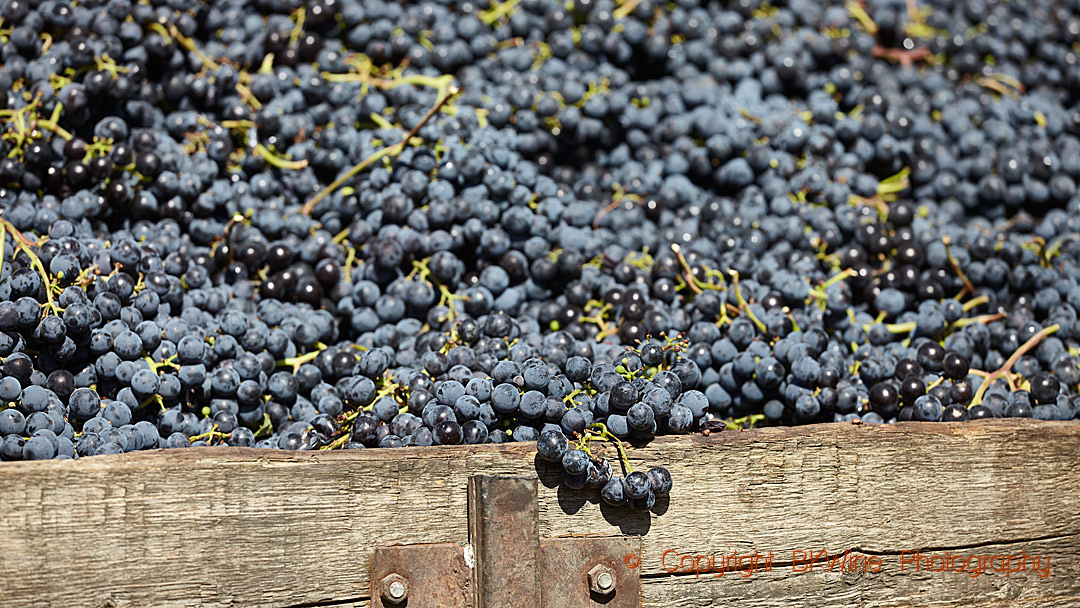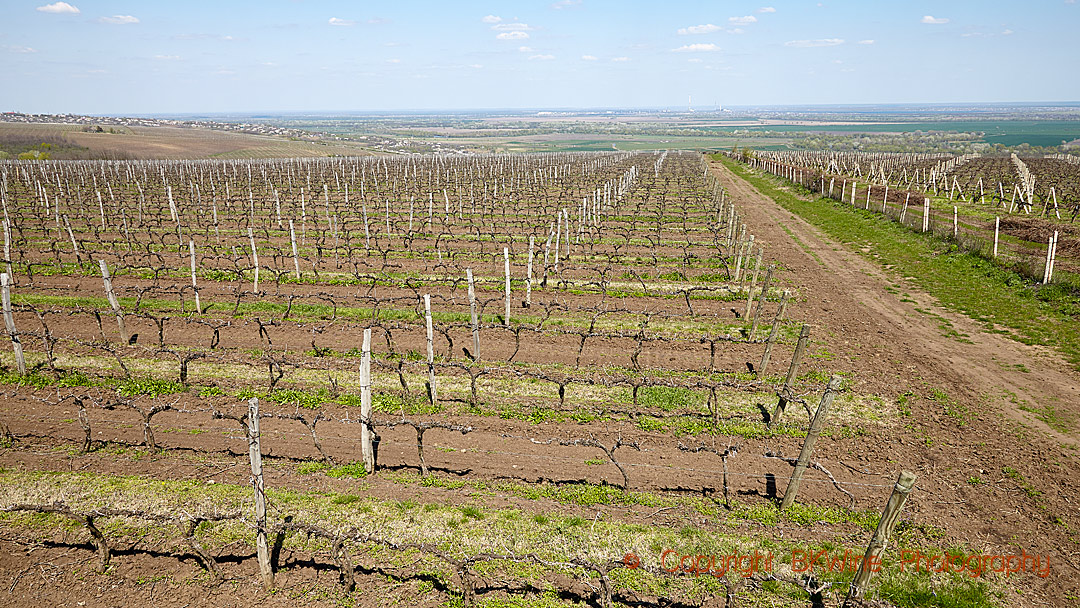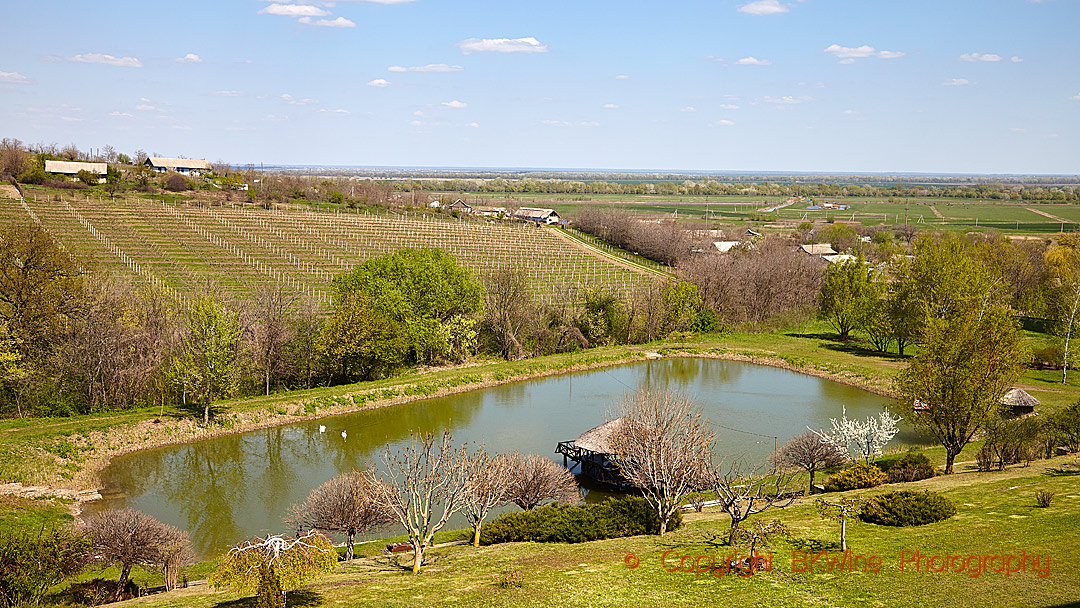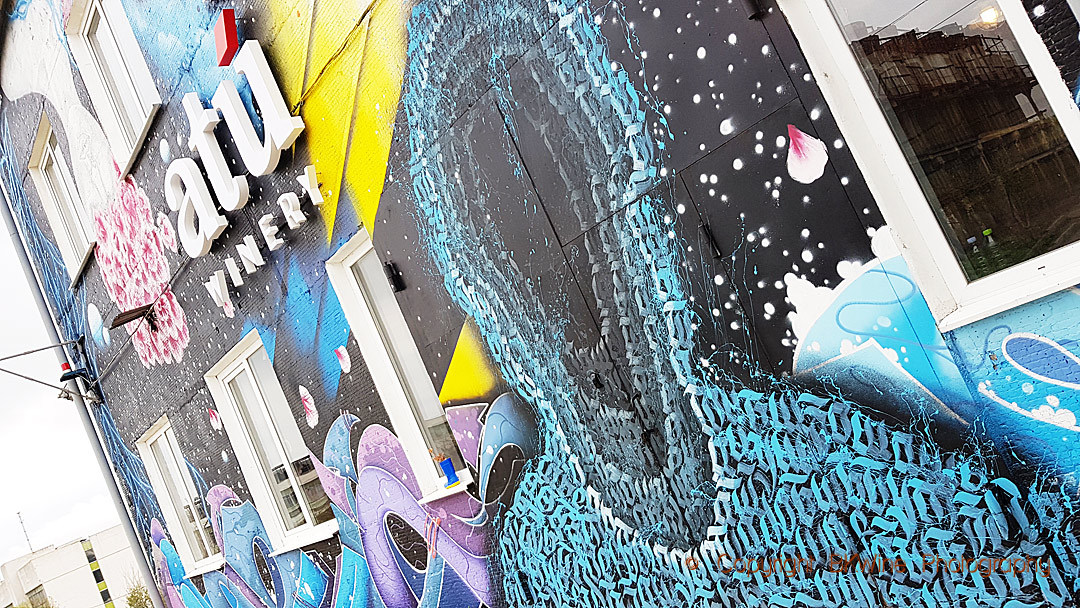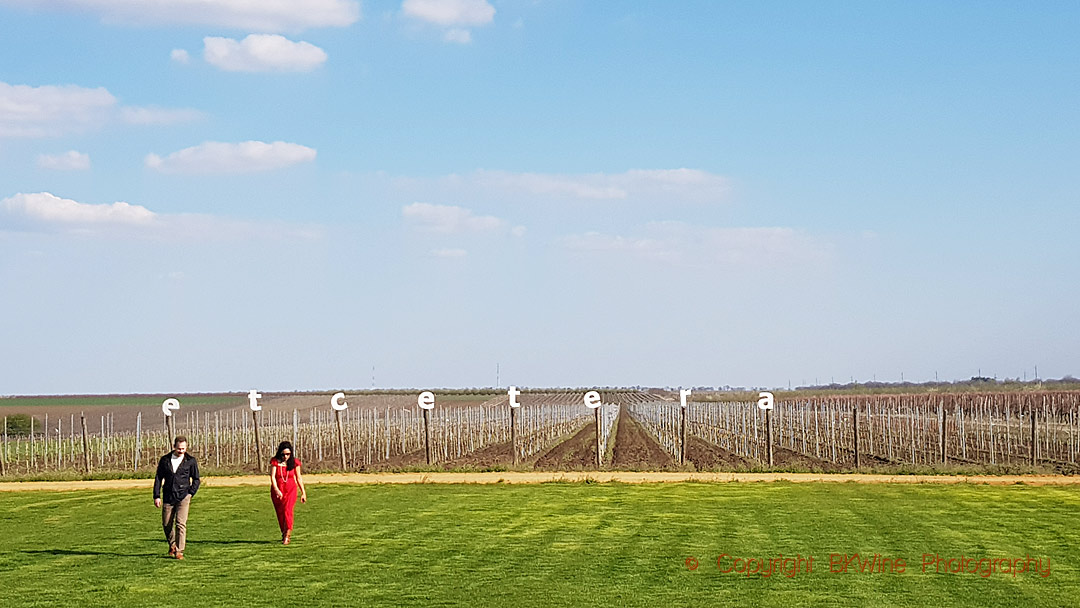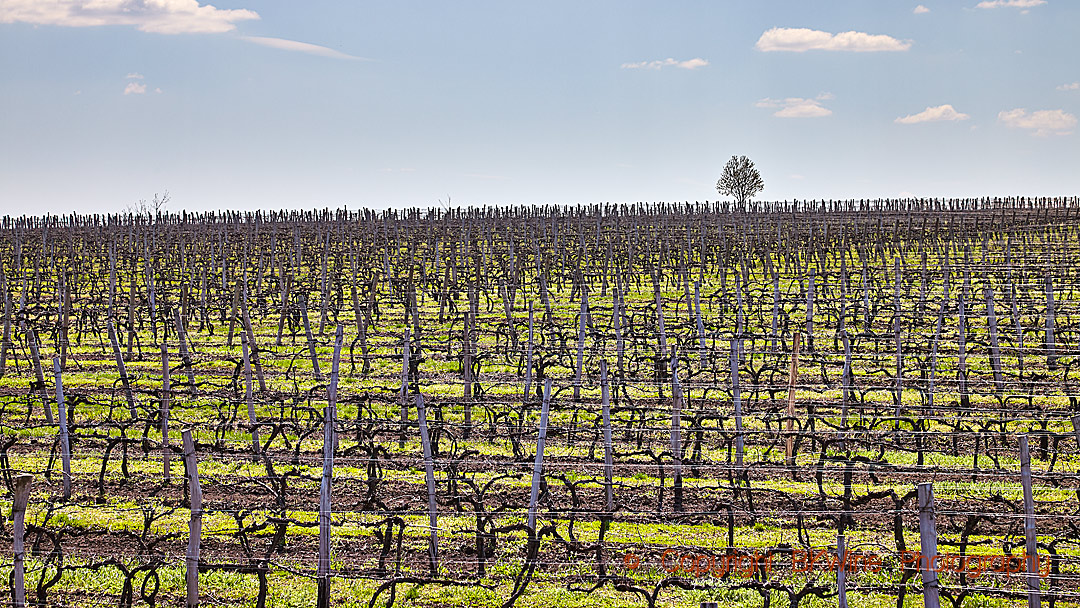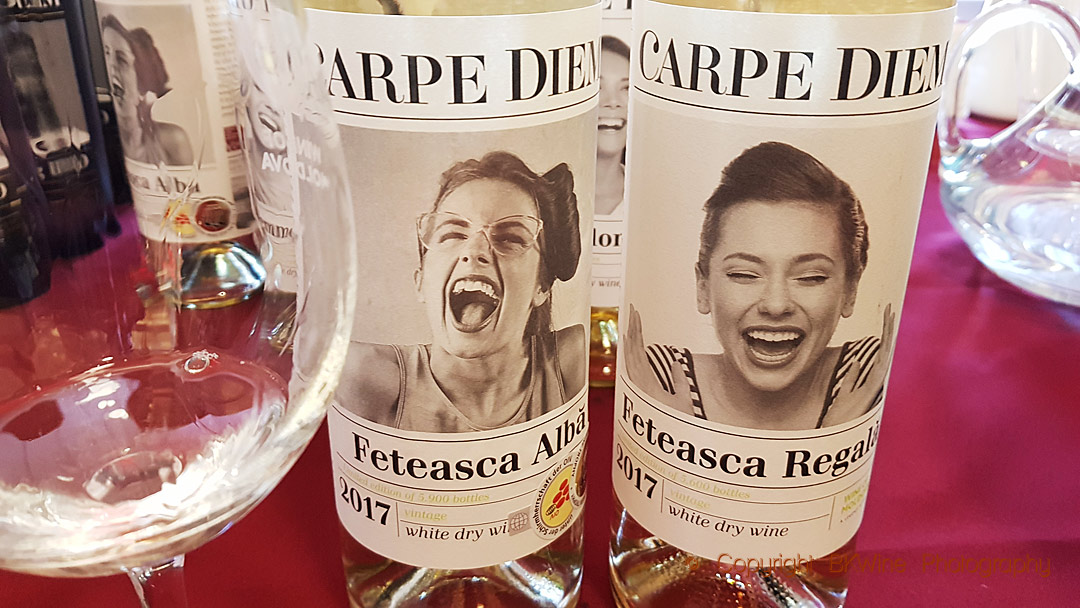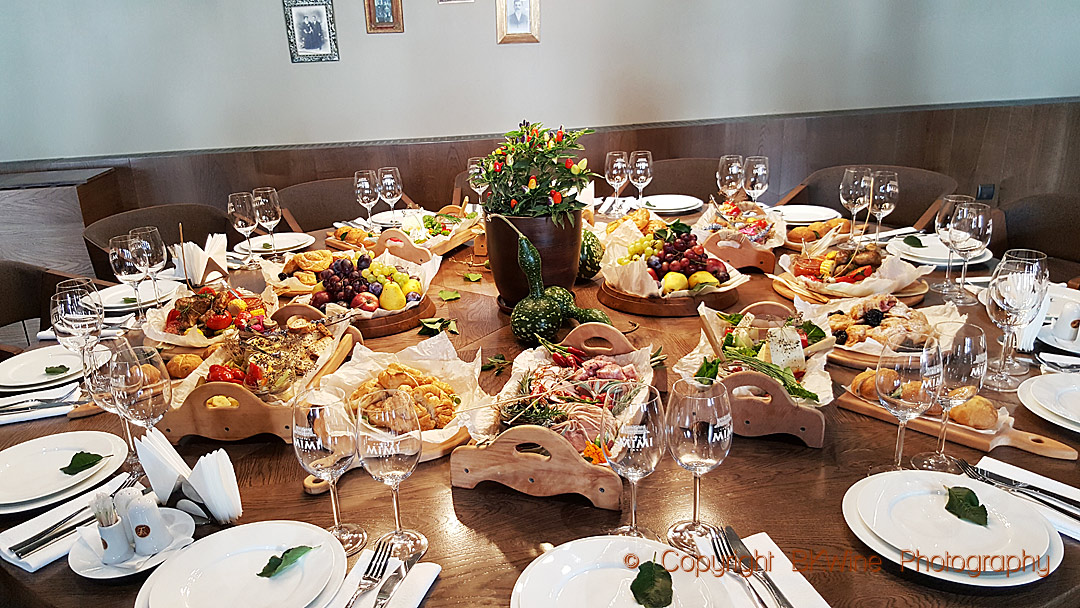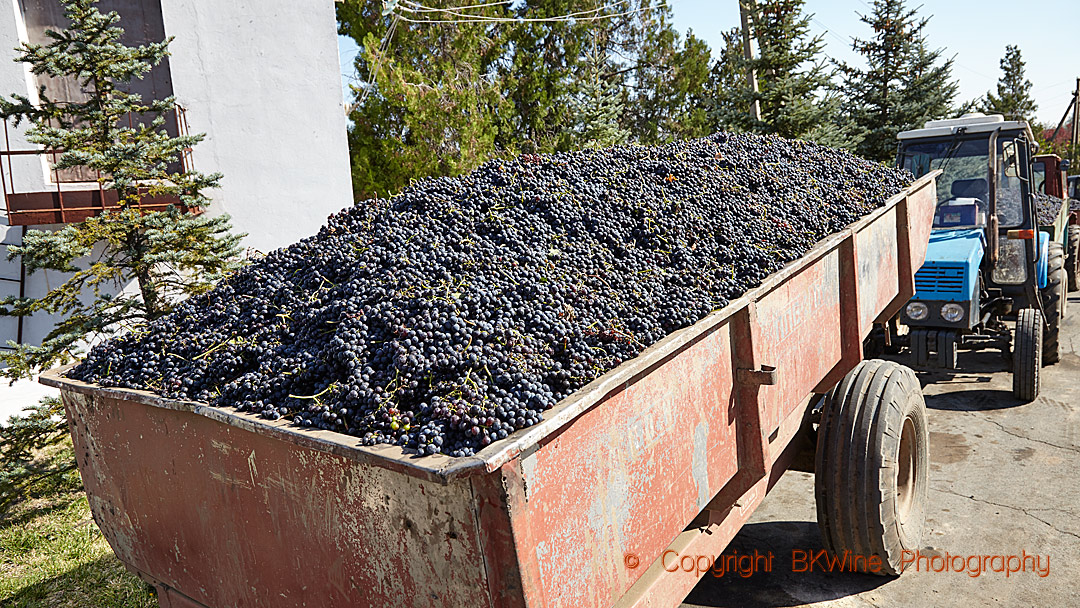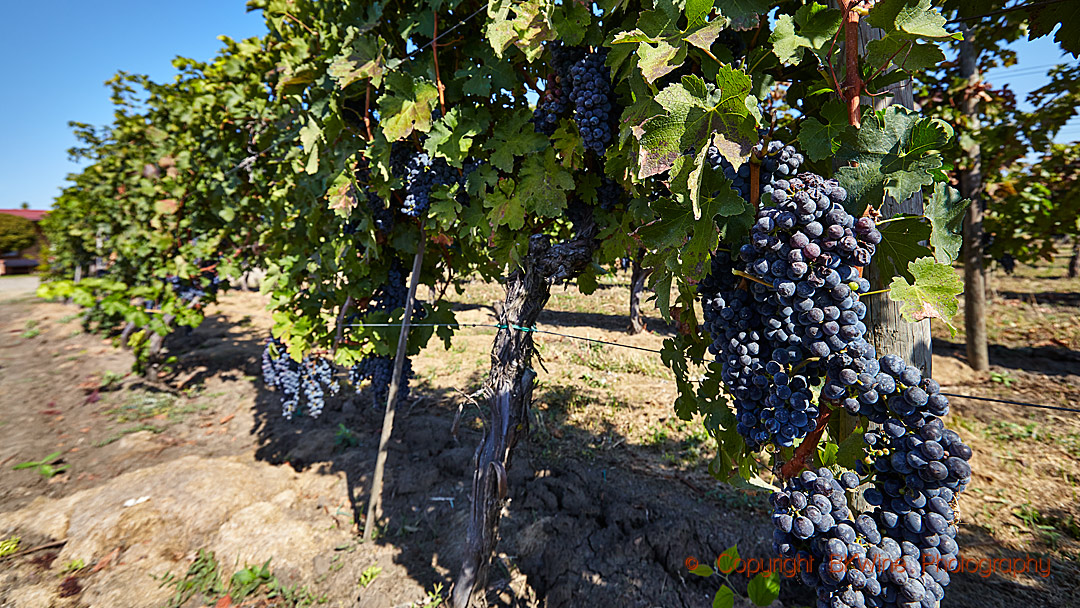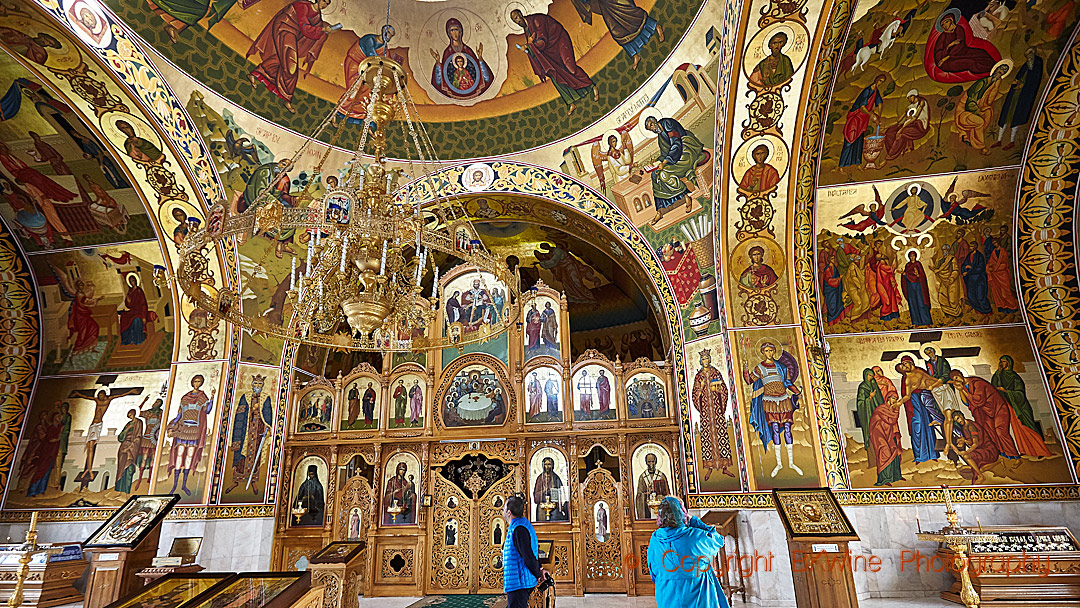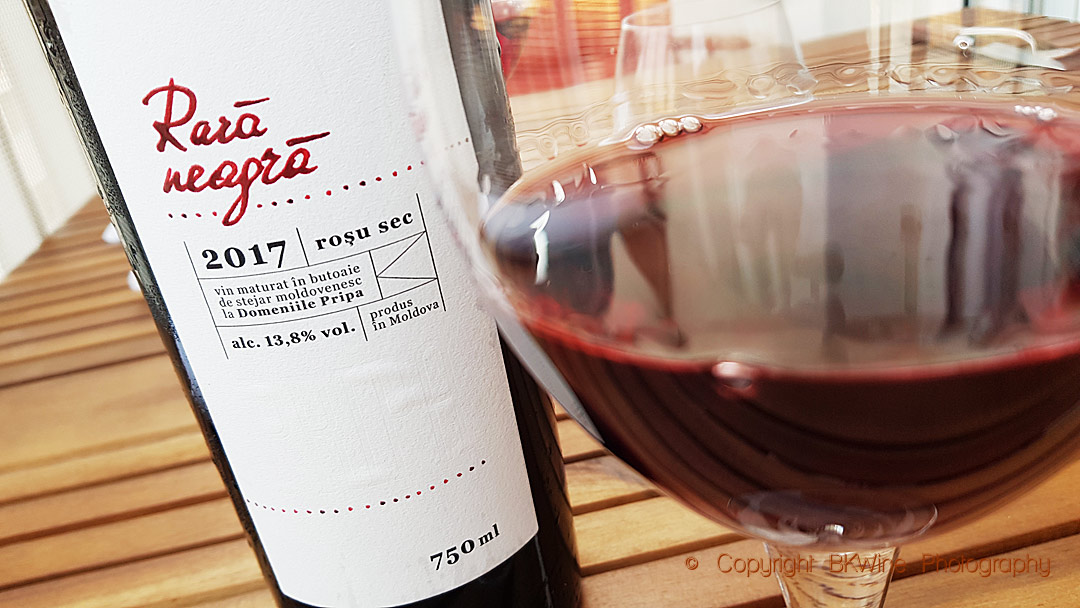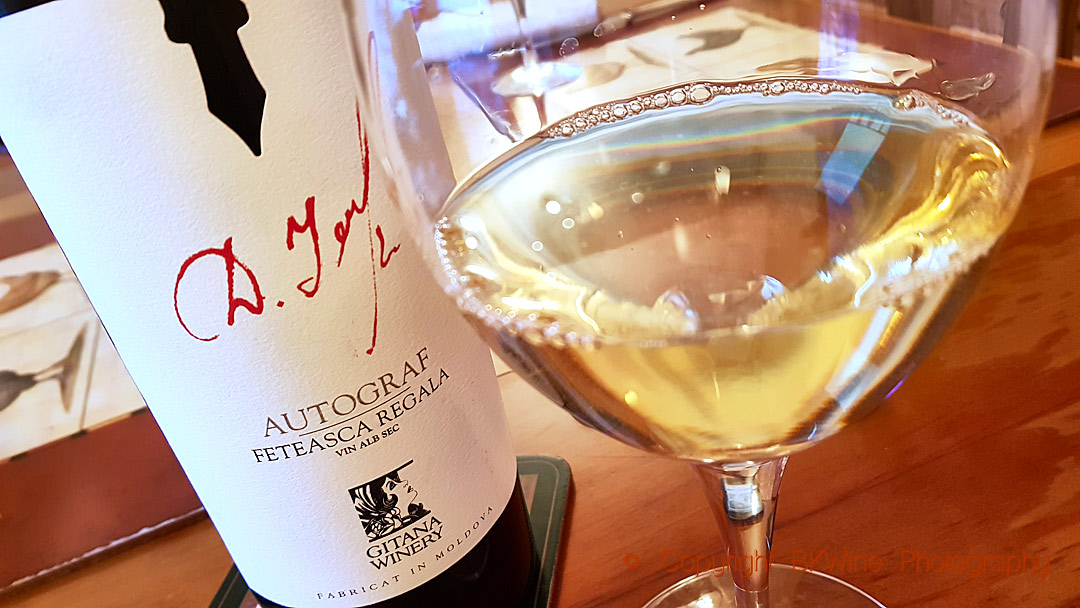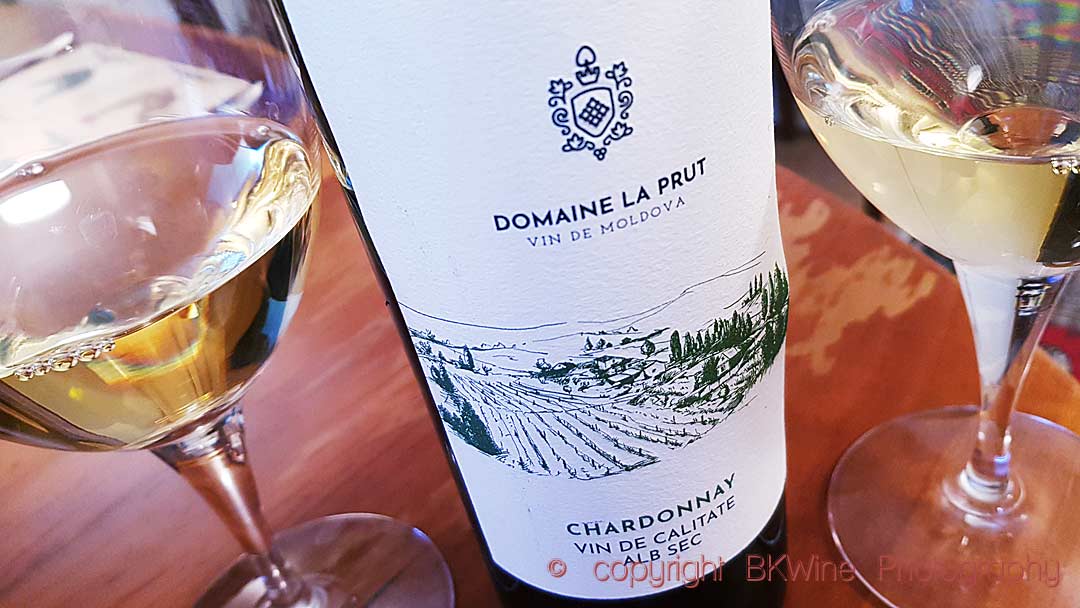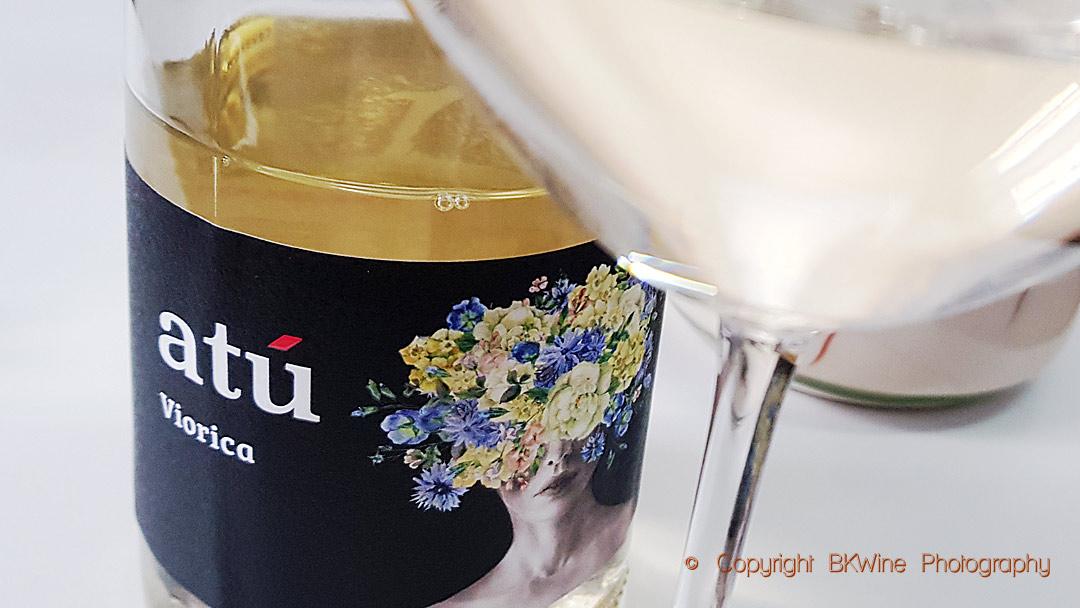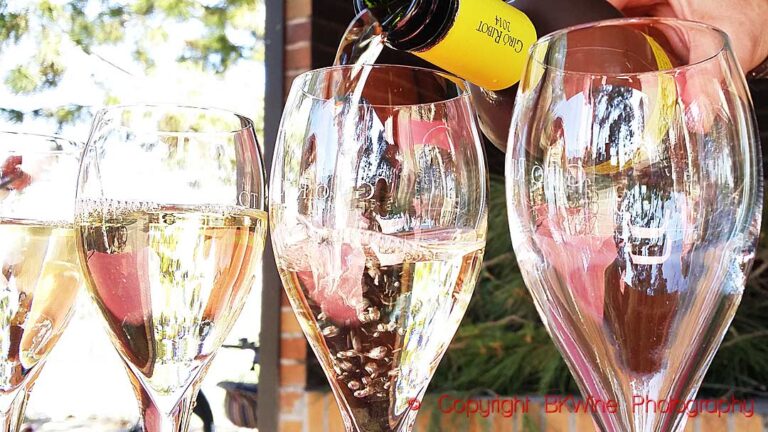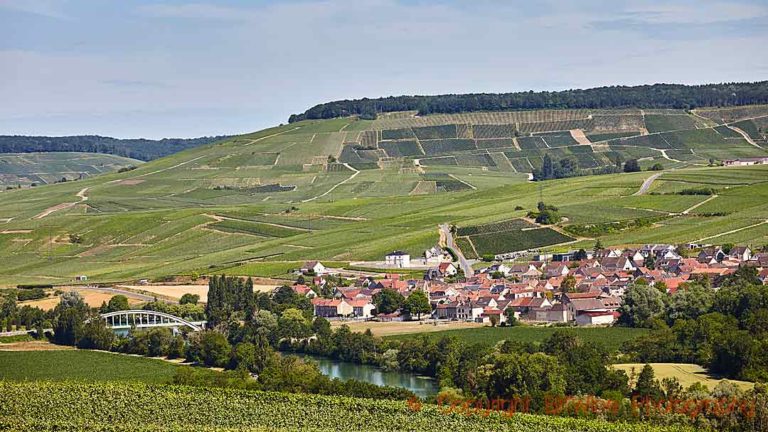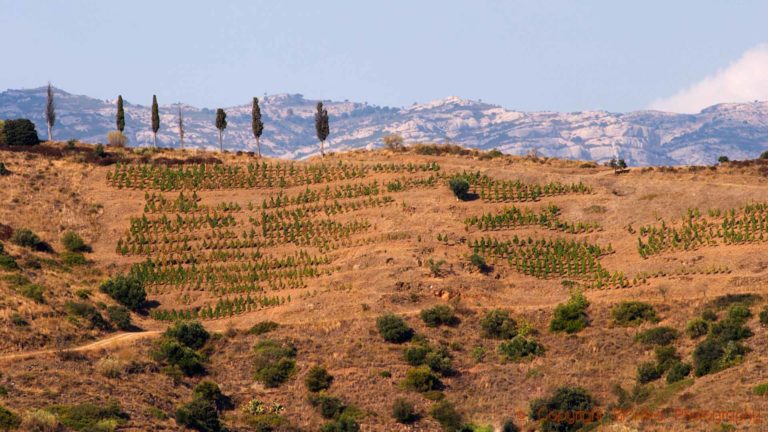Although wine has been made for thousands of years in eastern Europe, many of the countries can really be thought of as “New World” wine countries. During the Soviet repression, the focus was on producing large quantities of bulk wine. It is only after the disappearance of the Iron Curtain that the quality of the wine became a factor. But today it is a critical factor, in an increasing international and increasingly competitive wine world. One of those countries is Moldova, wedged in between Ukraine and Romania. A few years ago (before covid) we, BKWine, had the opportunity to make a thorough review of the wine industry in Moldova, visiting almost all of the wineries of note. At the time, we noted that there was a great potential but that there was also much work to be done. What has happened since? We had the opportunity to explore that over a delicious French dinner together with Stefan Iamandi, the new director of the National Office of Vine and Wine (Wine of Moldova), when he visited Paris earlier this year. The story he told was exciting.
This is a longer version of an article published on Forbes.com.
Travelling around Moldova led us to two conclusions to grow the wine sector
First, let me give you a little bit of a background. In fact, we have quite a lot of experience of the Moldovan wine scene since we have spent several weeks there of the course of four years, between 2016 and 2019.
Initially, I was there on a press tour, organised to showcase some of the most famous and most typical wineries. A little bit later, I was back for the annual conference on wine tourism organised by United Nations’ World Tourism Organisation (UNWTO), where I was one of the invited speakers. Again, of course, a thorough display of what Moldova can do in wine by the organisers.
And then, even more in depth, we did a project that was a review of almost all wine tourism activities in Moldova, a project that made us visit not quite all but very many of the wineries active on a commercial scale at that time. A true whirlwind tour of vinous Moldova.This led to a summary of what in our view were some of the most important things to improve wine tourism and also some conclusions on what we thought was important to develop the whole of the wine sector, to make it more internationally successful.
Local, unique grape varieties
One of the very exciting things in Moldova is the unusual indigenous grape varieties, some of which are shared with Romania, Ukraine and a few other countries. For example, feteasca alba, feteasca regala, alb de onitcani, viorica, rkatsiteli, riton, feteasca neagra, rara neagra, saperavi, and more. At the time, we saw this as one of the great strengths of the Moldovan wine sector, but we also noted that the international grape varieties, for example cabernet sauvignon, chardonnay, sauvignon blanc, dominated the plantings. Our conclusion was that it could be beneficial for Moldova to focus more on the indigenous grapes. How does it look now, five years later I wondered?
Where are all the smaller wineries?
On the other hand, one of the challenges we saw when we looked at the wine industry in Moldova was that the wine production in the country was very dominated by a small number, maybe a dozen, large producers. There were very few small to mid-size companies, very few family wineries. This might not seem important but I think it is. For one, having just a few large producers means that for a wine enthusiasts, it has a limited interest. One of the excitements with wine is to explore and discover and you rapidly come to an end if there’s only a dozen wineries. It is often also the case that the small to medium size producers tend to be better at driving quality, consumer awareness and innovation than big behemoths. From a media point of view, it is also a limitation. If a wine magazine has already published an article on Moldovan wine producers, it is unlikely that it will publish another article later on exactly the same producers. We recommended that one focus for the ONVV should be to help develop more small to medium-sized wineries.
“All new on the Moldovan front”?
So, I was very excited to meet again with Stefan, that I had met many times previously when in Moldova, now “five years later” and see how things had developed.
And indeed, much seems to have changed.
Stefan Iamandi became director of the ONVV, National Office of Vine and Wine, in late 2023, but he has worked for the organisation for many years. The ONVV is both a technical body, setting up rules and managing the wine sector in Moldova as well as a marketing and promotion organisation, where it often operates under the banner “Wine of Moldova”. It is, in other words, the focal point for almost everything in wine in Moldova. We met earlier this year in a wine bar/wine restaurant called Les Colonnes, when Stefan happened to pass through Paris.
Covid, of course; the Ukrainian war, of course…
When I asked Stefan about what’s changed, perhaps not surprisingly, the first thing Stefan Iamandi pointed to was the changes brought on by Covid and by the war in Ukraine. In the east, Moldova has Ukraine as a neighbour (Romania to the west) so the impact of the war is very concrete by the proximity. Not only that, a small slice of eastern Moldova bordering Ukraine, called Transdniestria, is a rebellious province that wants to be independent, supported by the Russians. As Stefan explained, “We were exporting the wines through the port in Odessa, and this affected the wine sector, not just the wine sector.” Today, exporting through Odessa is hardly possible. The Russian invasion has not reached Odesa, an important port on the Black Sea, but it is not far from it.
Listen to the full interview I did with Stefan Iamandi in this video:
Small and medium sized wineries winning medals
On the wine side, Stefan was much more positive, saying that they have made huge progress in quality but also in developing the sector: “We see an increase in the number of small producers in Moldova. And not just the number of producers, but also an increase in the number of medals that the wine producers receive. The share of medals that the small wine producers are receiving is increasing. For example, at Mundus Vini this year, we were the most awarded country from eastern Europe. This has a huge impact on us because we are competing, of course, all around the world, but, first of all, we are competing with the wineries, the wine countries from the east of Europe. In the last years, we have had 6,500 medals in international competitions, and of those, more than 50 per cent are gold medals.”
From having been just a handful of small to medium-sized producers, there are now some 50 or 60 wineries of that size, meaning that it is a significant number for the country, “In fact, if you take the share from the total, it’s almost 30 per cent of all our wineries that are small producers.”
A fragmented vine-growing world
Another peculiarity of the wine sector in Moldova is that it may be that they only have some 230 wine-producing wineries for some 100,000 hectares of wine (compare that to Bordeaux, which is just slightly bigger but where there are some 6000 wineries), but on the agricultural side, the cultivation of the vines and the vineyards, there are some 55,000 vine-growing families. It is extremely fragmented, with very many small holdings.
This fragmentation is due to the history of Moldova having been a Soviet republic and what happened with the land when it became an independent country. This leads to some challenges, for example, keeping up with modern techniques and technology in agriculture. When you are very small – an average of less than 2 hectares! – you don’t have too much capacity to invest nor time or money to get proper viticultural training. But there again, the ONVV has an important role to play, to support these small growers. In many countries, this would mean that people band together in co-operatives, to pool resources, but that seems not to happen in Moldova. That is very likely an effect of Moldova having been part of the Soviet Union, which has put them off any co-operative initiatives.
On the other hand, it also has some advantages. It means that almost everyone in the country is in some way or another involved with or related to wine. Even if you don’t own a patch of vineyard, you have a relative or a friend who does, and maybe you come and help out during harvest.
More innovation and market orientation
So, has this increase in small and medium producers made any difference for the wine sector then? Stefan Iamandi thinks so, “The small producers, they bring innovation, they follow trends, for example, orange wine, with skin contact, they’re following the trend regarding sparkling wine. There are a lot of small producers that produce sparkling wine; we follow the trends that sparkling wine consumption is increasing in the world. And also we produce rosé wine. You know, five years ago, consumption was more of red wine. Now it’s changed to white wine. And for the small producers it’s good in a way; it’s easier to follow the trends and to be more proactive and follow new consumption trends around the world.”
It seems then that one of the conclusions that I drew when I travelled around Moldova before Covid of how to make the wine industry more dynamic in the country is happening. There’s a great number of smaller producers emerging.
A wealth of grape varieties
What about the other thing that I noted, the exciting local grapes? At the time, they were not so much planted as they deserved. Is there an increasing interest in indigenous varieties? Well, that is changing too, according to Stefan, “Yes, it’s developed with support from the state, through the subsidies policy. It is promoting the planting of the local varieties, which are, for example, feteasca alba, feteasca neagra, the local varieties, and also the varieties that are selected new varieties. The state is supporting through financial support for that. And it’s true that a big share of the medals we receive are for our indigenous varieties. The surface is not as big as the European ones, for sure. We need to take into consideration our history. In the past, the biggest surface was for the international varieties.” Stefan should know; my guess is that he, or rather, the ONVV, is one source of the funding for this.
But the international varieties have not disappeared. “The wineries are doing assemblage (blending) of local varieties with international varieties. And here’s that, here we see a potential for presenting our wines, our terroir through this assemblage of local varieties with international varieties,” says Stefan.
It seems then, that two of my main conclusions on what needed to change when I was travelling in the Moldovan wine regions some 5-6 years ago are indeed happening.
Market success – even in Japan
This seems to be reflected in the response from the export markets. Stefan refers, for example, to the experience they had at Vinexpo in Paris: “The international markets are very curious. Let’s say, the top of our wine pyramid is the indigenous varieties that we are promoting. Even during the Vinexpo here in Paris; this year was the first time we participated to Vinexpo, 18 wineries participated under the umbrella Wine of Moldova. We promoted first of all our indigenous varieties. Even the local consumers, the French consumers, were very curious about tasting the wines.”
An other step forward was another piece of news that Stefan seemed very exited about, the Wine of Moldova’s new office – in Japan!
“This year is the first time that we open a representation of Wine of Moldova outside the country. Last week we opened Wine of Moldova Japan. We presented there this association that we created, an association of importers of Moldovan wines and there will be activities for promoting the wine, for organizing tastings of Moldovan wines, with cuisine, Japanese cuisine and Moldova cuisine.”
Can the unexpected become the expected?
Looking back, the management of the Moldovan wine sector has gone through a period of turbulence. For many years, Gheorghe Arpentin was director of the ONVV, up until 2020. He was at the same time a visionary, a scientist and a businessman. During his tenure, he established an ambitious strategy for the future of the wine business in Moldova based on a better understanding of the market, better research and education, and better management of the vineyards.
Now, after a few years of uncertainty regarding the management, the ONVV (Wine of Moldova) has a new director, Stefan Iamandi, in office since the end of 2023, who, in spite of his young age, is somewhat of a veteran of the Moldovan wine management at ONVV, having been in the organisation for many years.
Stefan’s arrival at the helm was followed by the organisation choosing a new motto, or as one would perhaps say on social media, a new tagline. Why so? As Stefan explains, “We came this year with a new motto for the wines of Moldova. We call it ‘Unexpectedly Great’. Why? Well, a lot of persons, when they try our wines say, ‘Oh, it’s unexpectedly good’, or say ‘it’s unexpectedly great.’ And we decided, okay, why not take it as our slogan, ‘Unexpectedly Great’? Because it’s the feeling of the people that taste our wines, the consumers.”
Wines from Moldova – Unexpectedly Great. Why not? But one can only hope (and expect) that it will be a short-lived slogan, that soon people will no longer be surprised. That soon it will be “expectedly great”.
Finally, I asked Stefan Iamandi, as head of the ONVV, what he would put forward as the greatest strengths of the Moldovan wines, and this was his take, “The big strength is our terroir and our list of local varieties. The big strength is also the fact that all the country is living through wine production. As mentioned, we have more than 55,000 owners of vines. During the harvest season, during the processing, all the country is working in this sector. Wine is a crucial sector in Moldova. And through this sector it’s leading all auxiliary sectors. We call it a strategic sector because it’s also involved in the production of bottles, the tourism sector, the marketing sector, and the horeca sector. Wine in Moldova, it’s our way of living. It’s running through our blood, the production of wine.”
And then, in the Paris restaurant where we met, our food and wine arrived and we had other things to focus on than the revival of the Moldovan wine sector.
READ MORE ON BKWINE MAGAZINE
- Local grape varieties, the future for Moldovan wines
- Moldova, an exciting “new” wine country with a long history | Britt on Forbes
- Moldovan wine classics in modern versions: Chateau Purcari and Castel Mimi
- Wine in Moldova: Château Vartely and Asconi Winery, two strong newcomers after independence
- Moldova’s emerging small, high-quality wine producers
- The OIV World Wine Congress will be in Moldova in June 2025


